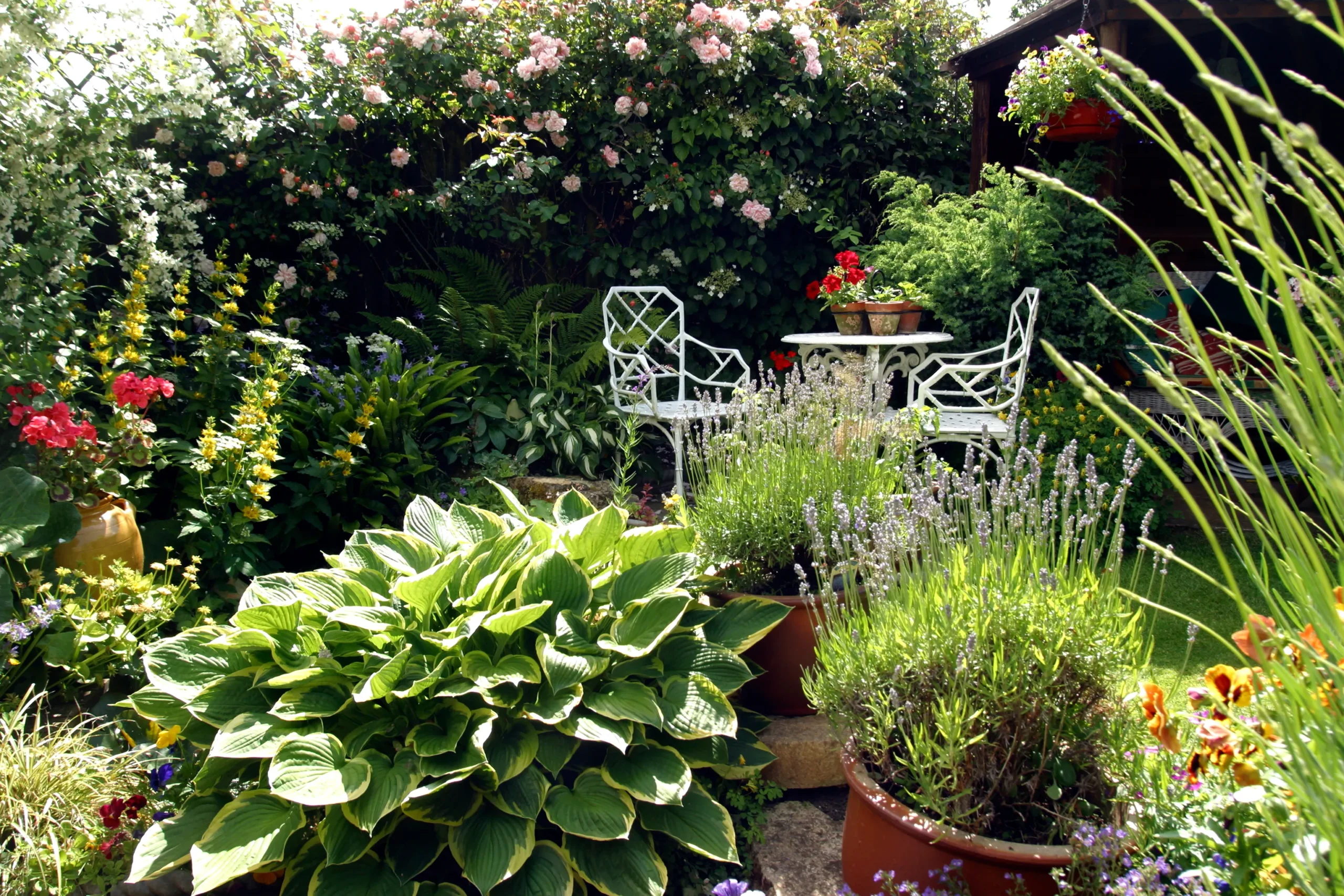Many of us dream of growing a variety of fruits, vegetables, and flowers, but the reality is that our gardens may be smaller than we’d like. If you’re looking to maximize your space, there are several smart design strategies to help you make the most of every inch.
1. Utilize Vertical Space
Even small gardens have plenty of vertical potential. To make the most of it, consider attaching planters to walls or fences, or use trellises to support climbing plants. Even shaded walls can be perfect for climbing plants, as they can still receive ample sunlight above ground.
Plants like kiwi vines, grapevines, and various climbing beans, peas, and tomatoes thrive when trained to grow upwards. For heavier plants, like squashes, make sure your supports are strong enough to handle the weight as they mature.

Fruit trees, such as apples, pears, and peaches, can also be trained along walls or fences in unique forms like single-stem cordons, espaliers, or fan shapes. These not only look beautiful but also save valuable ground space. While sun-loving varieties thrive on south-facing walls, certain fruits like sour cherries and gooseberries will do well on shadier spots. Enhance the space by underplanting these with herbs or perennial flowers.
2. Mix Edible and Ornamental Plants
In small gardens, combining edible plants with ornamental ones is a great way to maximize space while adding beauty. This practice not only results in an aesthetically pleasing garden but also offers practical benefits.
By planting vegetables and flowers together, you can confuse pests and attract beneficial insects that help with pollination. Choose edible plants that are both beautiful and productive—think colorful chard with its striking stems, red and green lettuce, or flowering beans. Edible flowers like nasturtiums and calendulas can add charm while also attracting pest-eating insects like hoverflies.
The Garden Planner tool can also help by suggesting the best companion plants for your crops, ensuring healthy growth and optimal harvests.

3. Focus on High-Value Crops
To make your garden as productive as possible, choose crops that offer high yields or provide multiple harvests throughout the season. For example, tomatoes, zucchini, and runner beans are all prolific producers. Radishes grow quickly, so you can sow, grow, and harvest multiple batches in a single season.
Consider Square Foot Gardening (SFG), which involves planting in a high-density grid system that maximizes yield by using nutrient-rich, moisture-retentive soil. The Garden Planner tool helps you plan and determine how many crops you can fit into each square foot.
Containers are also a great way to grow crops in small spaces. Select compact varieties that are well-suited for container gardening, and arrange them creatively to enhance the visual appeal of your garden. You can even use repurposed items as containers, adding a unique touch. Hanging baskets are another option to make the most of vertical space while ensuring your plants get enough sunlight.
4. Create a Space to Relax
A small garden should be a retreat as much as a place to grow. Consider adding a bench or seating area surrounded by aromatic herbs or fragrant flowers to create a peaceful, relaxing atmosphere.
In addition to seating, think about the surfaces in your garden. Opt for attractive paths made of materials like stone or brick, and consider different textures and colors to enhance the overall design. For added vertical interest, include an arbor, arch, or pergola, which can be draped with climbers like melons or beans, creating a focal point and adding charm to your space.

5. Every Small Garden Can Be Beautiful and Productive
No matter the size of your garden, it’s possible to create a productive and beautiful space. Whether you’re growing food, flowers, or both, thoughtful design can turn a small garden into a thriving, vibrant oasis.
Have additional tips for small garden planning? Share them in the comments below—we’d love to hear your ideas!
